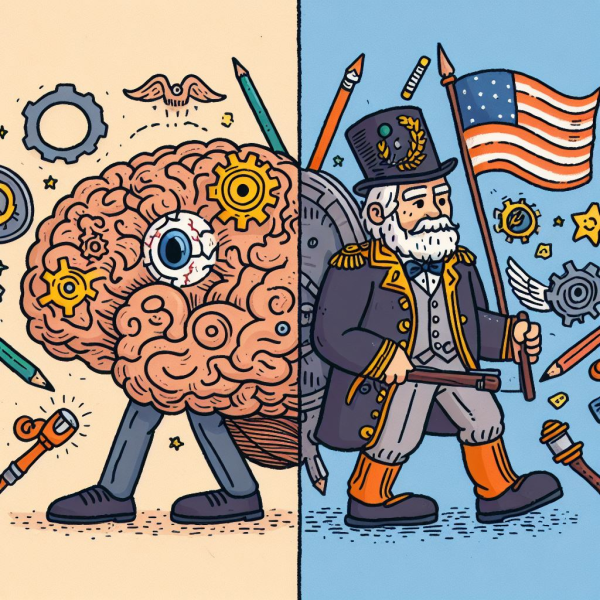Introvert or Extrovert—How About Neither?
Societal beliefs influence the way we label people introverts or extroverts, sometimes leading to false assumptions.
“Are you an introvert or an extrovert?” is a question found everywhere: interviews, icebreakers, and psychology tests. Yet societal assumptions and psychological studies reveal that introvert and extrovert labels are not as valuable as we believe.
To explain that first requires an understanding of their definitions. What, exactly, makes an introvert or extrovert? The common belief is that introverts are quiet while extroverts are loud. That kid sitting in the corner and playing on her computer has to be an introvert; the one walking around and chatting with everyone in class is obviously an extrovert.
While this may be the case, the labels aren’t as cut and dry as we would like to believe. According to Healthline, introverts get energy from being alone, while extroverts get energy from being with people. In other words, they just recharge differently. The talkative person from before might, for instance, go home and enjoy a book by himself after the stress of the day.
In reality, very few people are pure introverts or extroverts; rather, levels of extraversion exist on a scale. The Big Five personality theory is the idea that most personalities revolve around five traits, one of which is extraversion.
Extraversion is defined by Simply Psychology as “reserved, thoughtful vs. sociable, fun-loving.” All traits are ranked on a sliding scale from high to low. This means someone who is slightly more sociable may be automatically labeled an extrovert. It does not account for the experiences of people with varying degrees of extraversion. Using only two labels may lead to incorrect generalizations about a person.
This is exacerbated by our extrovert-focused society that prefers traits correlated with extraversion. Examples include friendliness, assertiveness, and enthusiasm. That’s not to say that all extroverts display these traits, nor that introverts never display them. However, society prefers people who can maintain these cheery personas.
The book “Quiet: The Power of Introverts in a World That Can’t Stop Talking” by Susan Cain discusses the so-called “Extrovert-Ideal.” Many studies emphasize the idea that people who have what were considered extroverted traits, such as charisma, were perceived as more likable. Those who were more reserved were seen as less likable. This creates a slight stigma around introversion and can harm those who are not as outgoing.
An interesting point Cain brings up is that some introverts act as pseudo-extroverts when necessary. They put themselves on the spot to speak about issues they care about or interact with people they love. Though they cannot handle as much stimuli, they are able to act in extroverted ways.
On the other hand, extroverts may be less active in new situations. Though they can handle high stimuli, they may deliberately keep quiet to feel out the environment. Along with the unnecessary stereotypes attached, they may receive less interaction due to people’s beliefs about them.
Societal views do not allow for people to be multifaceted. Extroversion and introversion are much more nuanced than their current definitions suggest.
Some may argue that people need labels to categorize things. Having introvert-extrovert labels may help someone understand another person’s actions. Also, the labels are so ingrained in our society that it would be difficult to completely eliminate them.
Yet losing labels could allow people to grow. According to Forbes, one possible strategy is to say someone has a higher or lower capacity for introversion or extroversion. This means that they tend towards one or the other, but are not that way all the time.
If someone is naturally timid, stating that they currently have a low capacity for extraversion means they have space to become more extroverted. Similarly, someone who has a low capacity for introversion can learn to adopt more introvert-related traits.
By not defining each person by either “introvert” or “extrovert,” we can focus on acceptance and growth instead. Incidentally, “ambivert” is a term for the people in between. If labels are really necessary, perhaps we are all ambiverts.













